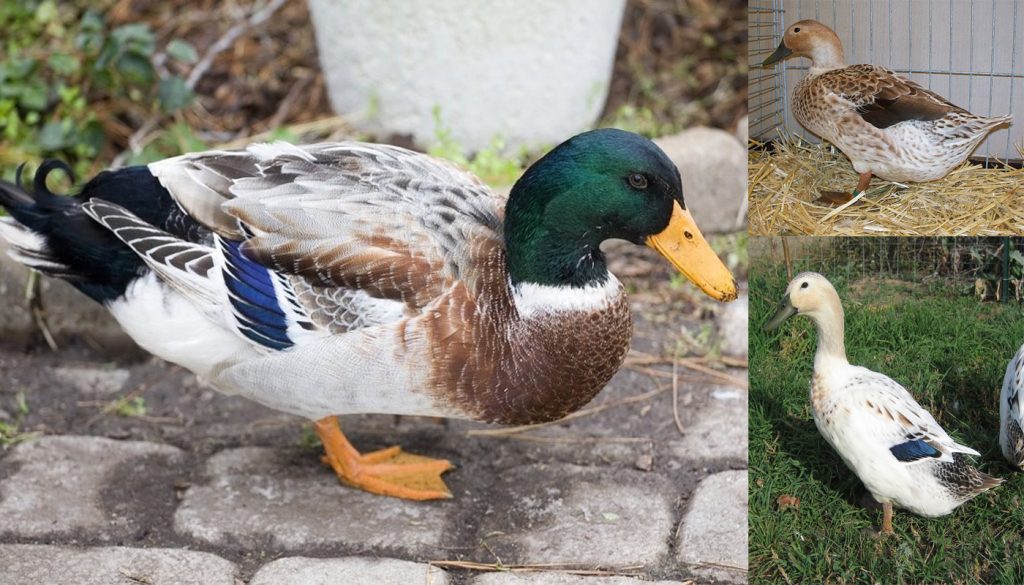
Welsh Harlequin ducks are one of the most gorgeous breeds of ducks. Not only are they a nice medium sized breed that is good for most gardens. They are also a good allrounder being good egg layers and have excellent quality lean meat.
But these beautiful ducks also have a very unique personality all of their own. They are inquisitive, friendly, gently and quite calm.
They are a great addition to any flock of ducks and are a really good starter duck for the first-time duck owner. Anyone with children who want their kids to get involved with raising and caring for ducks this is a good starting breed.
GENERAL INFORMATION |
|
|---|---|
| Country of Origin: | Wales |
| American Poultry Association: | yes Recognized by the American Poultry Association |
| Duck Category: | Light |
| Duck Class: | English |
| Colors: | Silver, Date of acceptance: 2001 |
| Other known colors : | Golden |
| Good starter duck? | Yes |
| You may Also Like: | TOP 10 GOOD STARTER DUCK BREEDS |
| Bantam Variety Available? | No |
| You may Also Like: | 10 BEST BANTAM DUCK BREEDS |
APPEARANCE / IDENTIFICATION
| DUCK BITS | DESCRIPTION | COLOR | |||||||
|---|---|---|---|---|---|---|---|---|---|
| EYES⇒ | Same for M & F | ||||||||
| BILL⇒ | Differs in M & F | M – Yellow F – Dark/Black |
|||||||
| *Black bean tipped | |||||||||
| CRESTED? | No | ||||||||
| LEGS⇒ | Differs in M & F | M – Orange F – Dark |
|||||||
| Medium sized set at a good proportion to the duck’s upright body | |||||||||
| FEET⇒ | Differs in M & F | M – Orange F – Dark |
|||||||
| Medium sized feet | |||||||||
| WINGS⇒ | Differs in M & F | Slate Blue | |||||||
| M – White with reddish-brown covering F – White laced with some blue |
|||||||||
| FEATHERS⇒ | Differs in M & F | ||||||||
| M – White with reddish-brown covering, a white ring around his neck and a deep green head. His tail feathers are curled and black. F – Lighter more buff colored with a soft buff colored head, body is white feathers with buff lace. Her tail feathers are a fawn color and straight. |
|||||||||
| SKIN COLOR⇒ | Same for M & F | White | |||||||
| AVERAGE WEIGHT⇒ |
|
||||||||
| *Bean: This is also called the nail. It is a small round bump found at the end of the duck’s bill. It is used for defence and to catch insects. It is almost like a fingernail and is damaged can grow back. It can also get overgrown much like fingernails if they do not have something to grind it down on. | |||||||||
| ** Note: This is an average weight for the male duck and not a guaranteed weight | |||||||||
USE/PURPOSE |
||||||||||||||||||||||||||||||||||||
|---|---|---|---|---|---|---|---|---|---|---|---|---|---|---|---|---|---|---|---|---|---|---|---|---|---|---|---|---|---|---|---|---|---|---|---|---|
Females/Hens⇒ |
Eggs, Meat, Show and Pet
|
|||||||||||||||||||||||||||||||||||
Males/Drakes⇒ |
Breeding, show, meat and pets
|
TEMPERAMENT |
|
|---|---|
| “Quiet, calm, gentle, curious and friendly creatures.” | |
| Good with Kids? | They are good around supervised children |
| You may Also Like: | 10 BEST DUCK BREEDS TO KEEP AS FAMILY PET |
| Flyers? | They are rather poor flyers and as such rarely try to fly at all |
| Noisy Birds? | They are not very noisy at all |
| Interact with other ducks? | They interact well with any ducks or other birds |
| Best duck breeds to mix them with: | Any domesticated breed of duck. |
| Other animals? | They tend to steer clear of most other domestic animals |
IDEAL ENVIRONMENT |
|
|---|---|
| “They like to roam and forage about. They are really curious ducks that like to explore” | |
| Ideal Garden Size? | Medium to large |
| Can be Confined? | They do not really like to be confined |
| Free-Range | They love the open space wander about in |
| Penned Free-Ranging? | As long as there is a lot of fresh foraging areas |
| Foragers | They love to hunt down bugs and grubs |
| Endures heat well | Yes |
| Endures cold well | Yes |
| Special Requirements? | No |
| Ideal Duck House: | A duck hutch must be able to comfortably house the number of ducks a person keeps. The hutch should also be safe and secure, well insulated and ventilated |
| Ideal Duck Pond: | A nice shallow wading pool or small pond |
| Flock/Paddling Size: | Always get more than one duck because they do like the company |
| You may Also Like: | 22 Best DOMESTIC DUCK BREEDS |
GOOD TO KNOW |
|
|---|---|
| Special Care/Attention Requirements? | They have no special needs |
| Known Predators: | Check with animal control in your area for known predators |
| Conservations Status: | Not Listed For more information on poultry, conservation status, check the American Livestock Conservancy Website |
| Breeders Clubs: | It is best to check with the American Poultry Association for various clubs and or organizations. |
| Where to buy them: | Metzer Farms, Purely Poultry, Cackle Hatchery or check with local poultry farms, the APA or check with the American Livestock Conservancy |
| Other: | If you do not want to risk having your ducks shipped check with your local poultry farms for advice on your nearest supplier. |
HISTORY
The Welsh Harlequin was developed in Wales in 1949 by Leslie Bonnet. He had a flock of Khaki Campbell in which he discovered a color mutation. He selectively bred his flock for this trait to create the Welsh Harlequin breed.
The Welsh Harlequin is a lot calmer and more friendly than the Khaki Campbell and has the most beautiful plumage patterns. This and the fact that they were an excellent utility bird as they laid a great number of eggs. Their meat was a delectable flavor and known to be pleasantly lean. The bird soon becomes a very popular utility breed until the late fifties’ early sixties. Sadly, their number dropped quite considerably around this time.
In 1968 the first hatching eggs were imported to America by John Fugate from Tennessee. Then in 1981 live Welsh Harlequins were imported to the United States of America. The Silver variety of the Welsh Harlequin was accepted into the Standard of Perfection by the American Poultry Society in 2001.
These birds make excellent show birds with their beautiful plumage, the way they carry themselves and their calm temperaments.
They have also been known to be one of the most highly adaptable duck breeds that adapt to most environments as if they were born to it.
Welsh Harlequin are very active birds that are excellent foragers, lay a high amount of large white eggs a year. Their lean meat is of the highest quality and their carcasses pluck really easily and almost as clean as any white variety of duck.
Health
They have no known health issues and a lot fewer pests than most other breeds of birds
- Ducks need water to ensure they do not get “wet feather” disease. This is where the preening gland dries out. Water also stops them from getting pests such as mites, fleas, ticks, lice, etc.
- Well, fed ducks should hardly have any health issues.
- Any birds kept in a flock need to be dewormed. Although ducks are not as prone as other poultry they should still have a de-worming regime. Speak to a local vet or poultry experts for advice. Our article on Healthy Ducks has some great tips and advice on de-worming ducks.
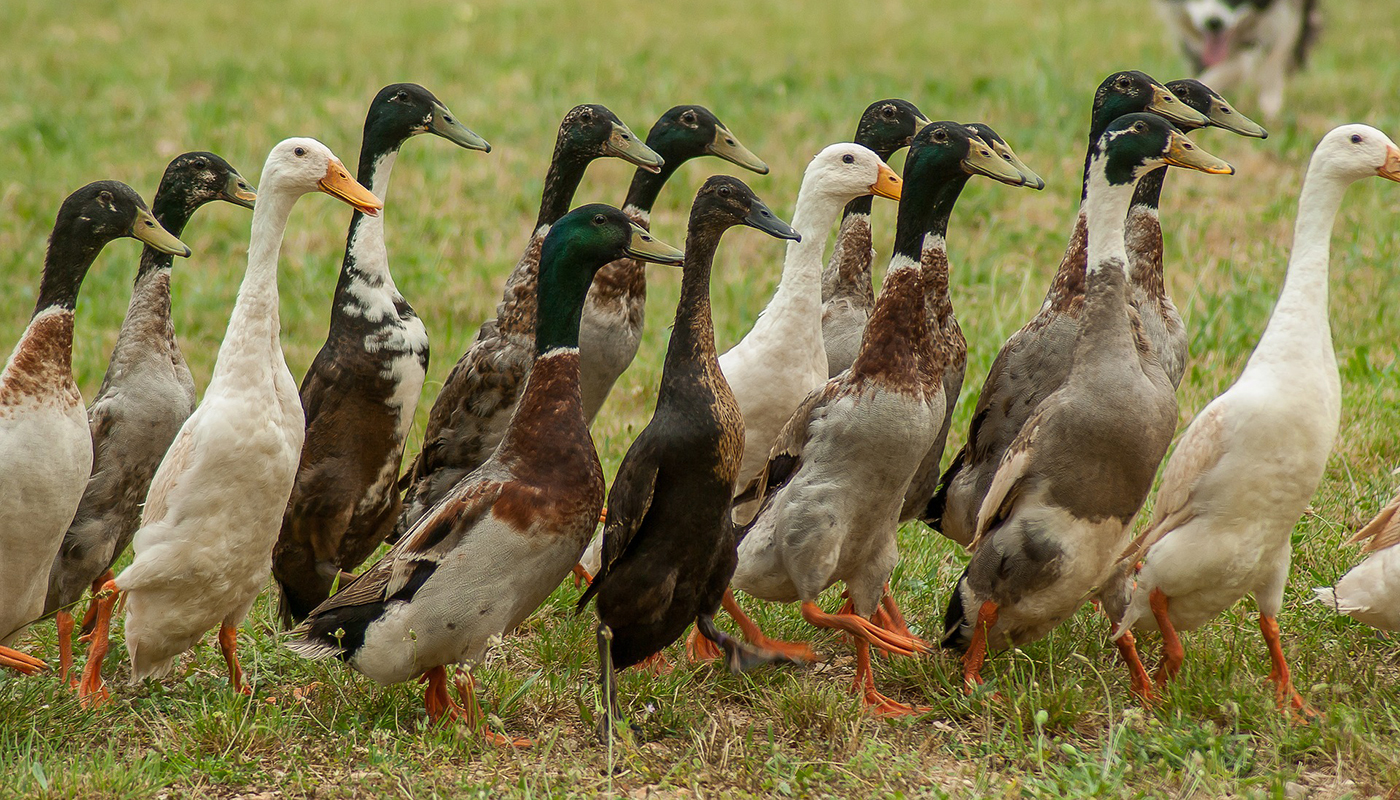 Indian Runner Duck Breed – Everything You Need to Know
Indian Runner Duck Breed – Everything You Need to Know The Types and Breeds of Ducks – Getting your Ducks in a Row – Part 1
The Types and Breeds of Ducks – Getting your Ducks in a Row – Part 1 The Best Domestic Duck Breeds for Egg Production
The Best Domestic Duck Breeds for Egg Production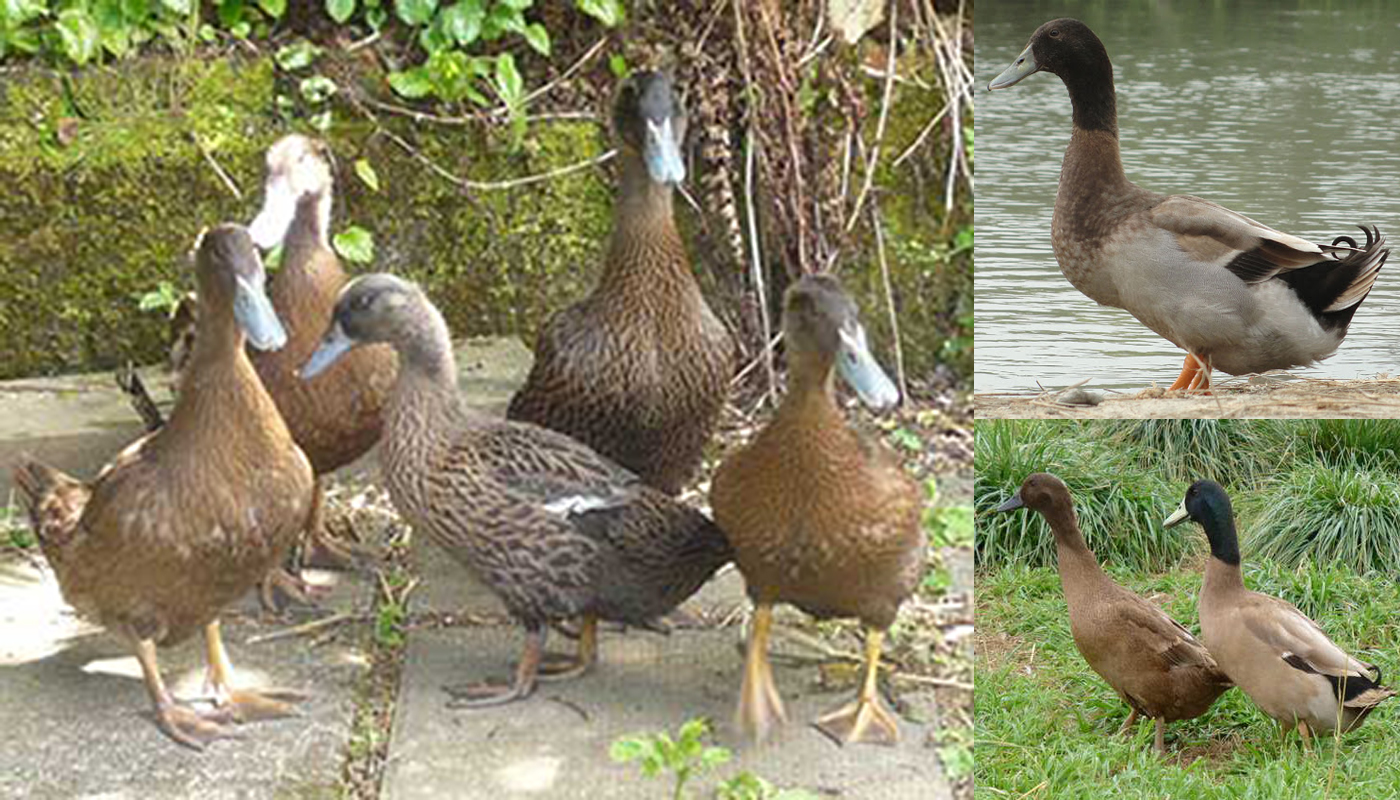 Khaki Campbell Duck Breed – Everything You Need to Know
Khaki Campbell Duck Breed – Everything You Need to Know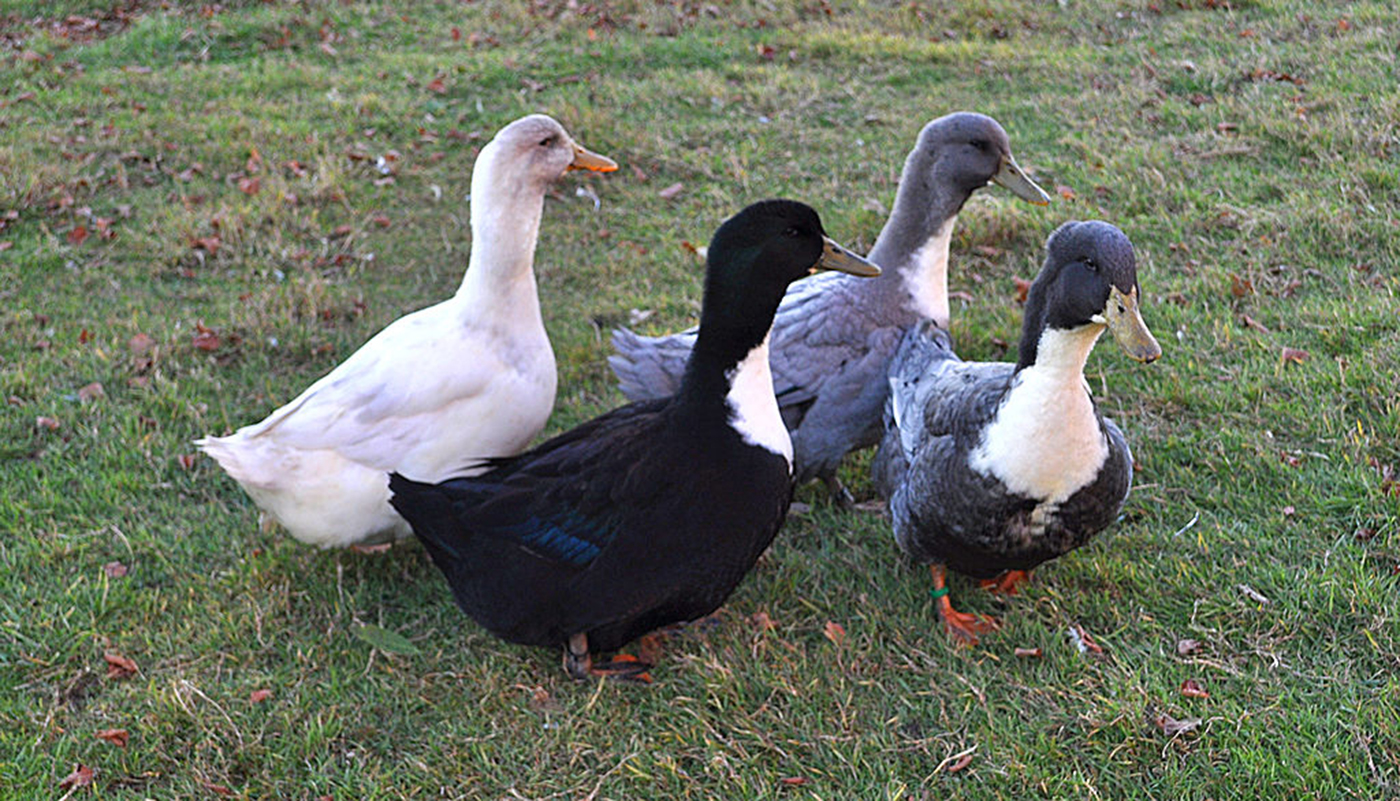 Swedish Blue Duck Breed – Everything You Need to Know
Swedish Blue Duck Breed – Everything You Need to Know Australian Spotted Duck Breed – Everything You Need to Know
Australian Spotted Duck Breed – Everything You Need to Know Pomeranian Duck Breed – Everything You Need to Know
Pomeranian Duck Breed – Everything You Need to Know Aylesbury Duck Breed – Everything You Need to Know
Aylesbury Duck Breed – Everything You Need to Know Saxony Duck Breed – Everything You Need to Know
Saxony Duck Breed – Everything You Need to Know Appleyard Duck Breed – Everything You Need to Know
Appleyard Duck Breed – Everything You Need to Know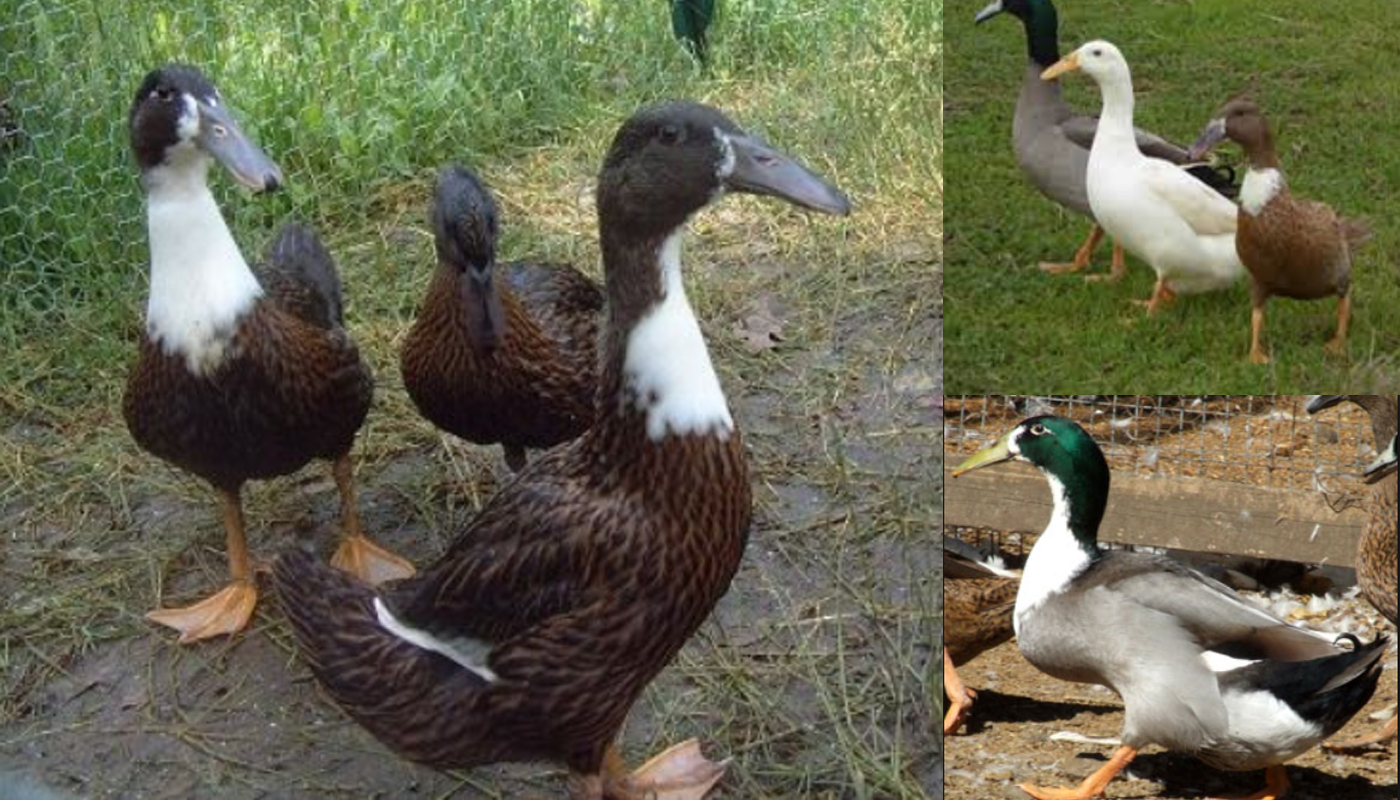 Hookbill Duck Breed – Everything You Need to Know
Hookbill Duck Breed – Everything You Need to Know